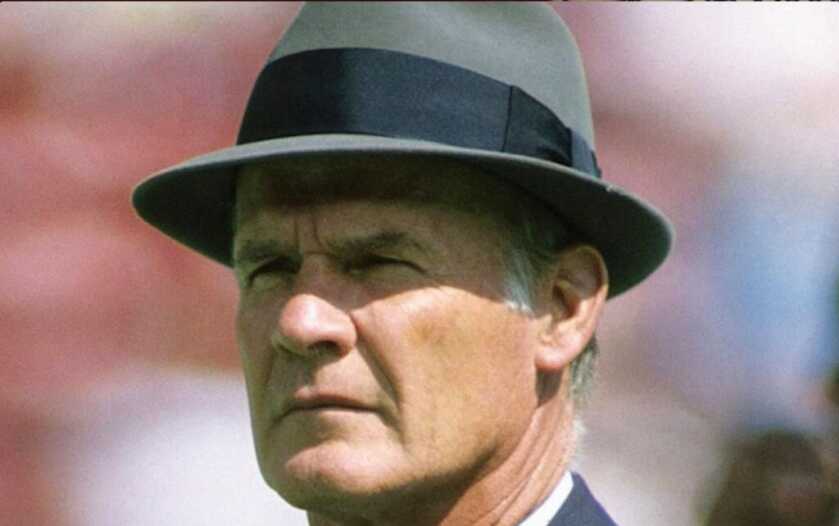
Estimated reading time: 11 minutes
I played football when I was a kid, but I sucked at it. Nobody will be singing my praises in the sweat lodge for years to come. I was an, “And Also Participated.” However, my dad was legit awesome. I am very proud of him.
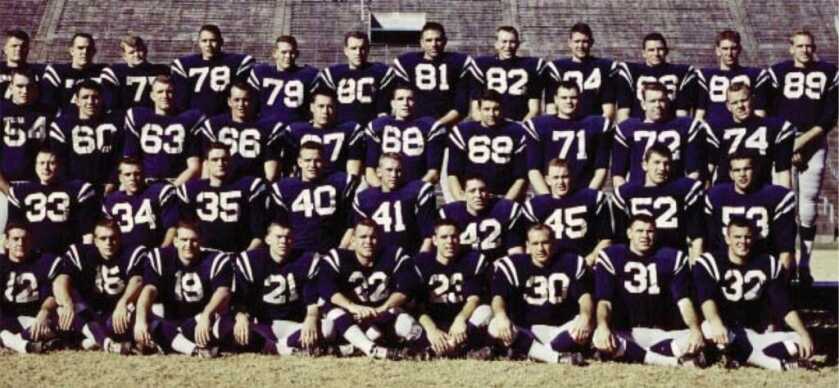
He played for the Ole Miss Rebels back in the early sixties when they won the National Championship. He had a cool spread in Sports Illustrated. He was and is a pretty incredible guy.
Table of contents
Though I wasn’t any great shakes on the gridiron myself, I did grow up following football as a kid. Back in the 1970’s you were typically either a Steelers or a Cowboys fan. I was a Dallas Cowboys man myself. Roger Staubach, Golden Richards, Bob Lilly, Randy White, Mel Renfroe, and Tony Dorsett reliably dominated the football field. During the decade of the 1970’s, the Cowboys played in the Super Bowl five times. They won twice. Such an enviable record was certainly the result of some exceptional talent on the field. However, it was also due to the superlative leadership of an extraordinary head coach. Tom Landry exemplified the Greatest Generation.
Origin Story of Tom Landry
Thomas Wade Landry was born on September 11, 1924. He was the second of four children. His dad was an auto mechanic and volunteer fireman. Though he was born in Texas, young Tom eventually relocated with his family to Illinois. It was there that the young man discovered football.
Available on GunsAmerica Now
Tom played both quarterback and punter on his high school football team. He led his squad to a 12-0 record his senior year. The football stadium at his high school is named in his honor today.
While Landry was indeed a jock, he also enjoyed a brilliant analytical mind. Upon graduation from high school, he enrolled in the University of Texas at Austin studying industrial engineering. However, the vagaries of fate soon intervened.
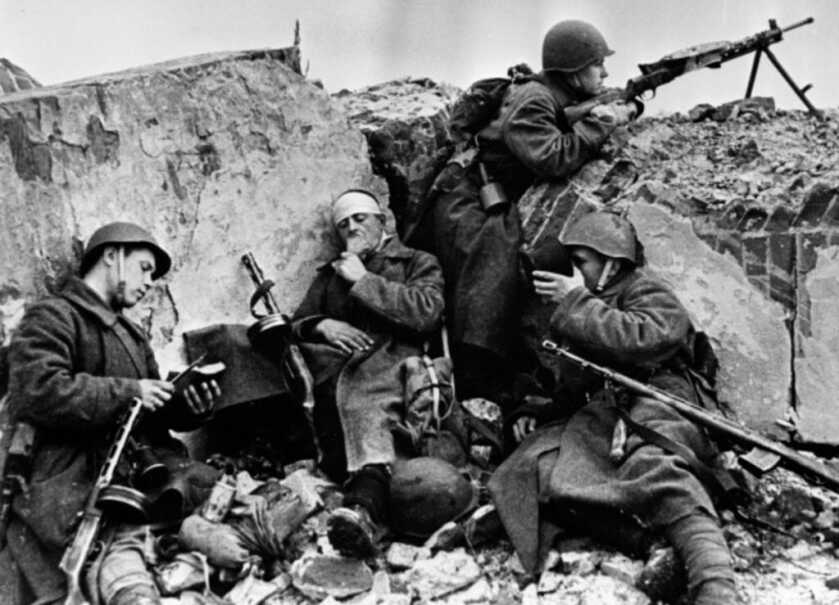
War!
The early 1920s was a bad time to be born on planet Earth. For guys especially, these were the cohorts that fought World War 2. Some 60% of Russian families lost a primary family member during the war. 15% of the total Soviet population perished. The Russians lost an entire generation to the conflict. Such pain was felt around the globe as the war spread on a planetary scale. Tom’s older brother Robert was the first of the Landry boys to answer the call.
The Japanese attack on Pearl Harbor was like poking a sleeping dog with a stick. Incensed that the Empire of Japan might have the audacity to attack US forces in such a cowardly manner, tens of thousands of young American men rushed to enlistment centers to sign up. Spurred on by the white-hot rage that stemmed from the Pearl Harbor attack, Robert Landry was soon wearing the uniform of the US Army Air Corps. He trained to fly the Boeing B-17 Flying Fortress.
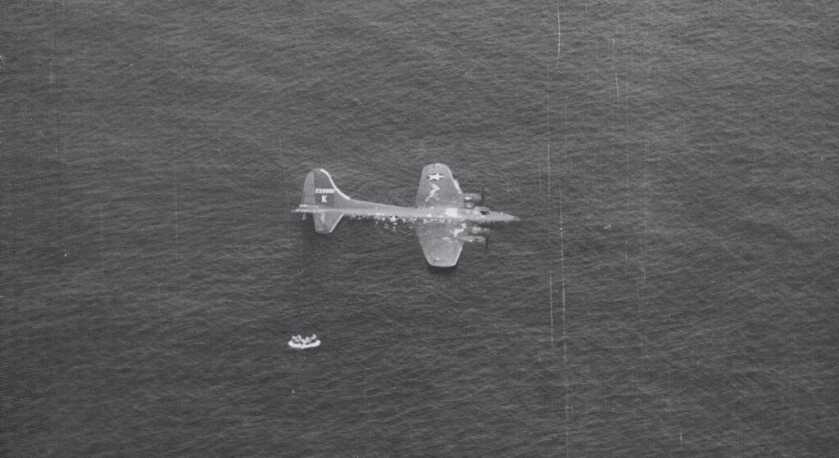
Missing In Action
While ferrying a Fortress from the United States over to England, Robert Landry went down in the frigid waters of the North Atlantic near Iceland. Though his plane and his body were never recovered, several weeks later the Army declared him presumed dead. His younger brother Tom was determined to follow in his footsteps into the Army Air Corps. I suspect his mom was horrified.
On Tom’s first flight, his two-seat trainer plane suffered an engine failure. His instructor successfully guided the unpowered aircraft to a crash landing in a farmer’s field. Though neither man was injured, it was an ignominious start to his aviation career. At age 19, Tom was transferred to Sioux City, Iowa, to train on the same machines that his brother had flown. By 1944, 2LT Tom Landry was a rated B-17 pilot.
The Young Man Goes to War

2LT Landry was assigned to the 493d Squadron based at Ipswich. The 493d was part of the famed Eighth Air Force. This massive strike force was tasked with daylight saturation bombing over mainland Europe. Flying as part of enormous multi-ship raids, Landry and his mates braved German fighters and murderous flak to attack strategic industrial targets deep in the German heartland. Statistically, his was one of the most dangerous jobs on the planet.
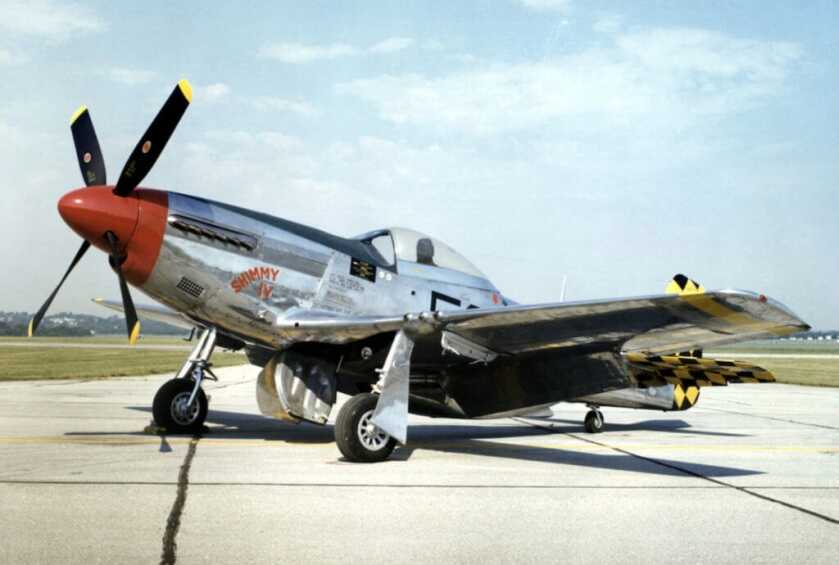
Air Force Objectives
Interestingly, these enormous raids, some of which involved more than a thousand aircraft, had a two-fold objective. The Americans operated in daylight, while the British bombed at night. These heavily armed B-17s and B-24s veritably bristled with .50-caliber machine guns. Additionally, as better, faster, and more capable fighter aircraft were introduced in theater, the heavy bombers began to enjoy fighter escort to their deep targets and back. The arrival of the P-51 Mustang in particular meant that the heavies no longer had to go it alone.
While pulverizing the German industry was the advertised goal, there was a deeper objective at play as well. The Germans could ill afford to allow Allied bombers free access to their industrial heartlands. As a result, the Reich invested truly breathtaking quantities of men, materiel, and treasure trying to stop them. At the onset of the war, the Luftwaffe was arguably the most highly-trained and effective air combat force in the world.
After several years of relentless escorted bombing missions, however, the German air force had been whittled down to a shell of its former self. While destroying factories was critically important, so was killing German fighter pilots. The rub is that this was a really dangerous way to make a living.

Flight Advancements
Landry flew thirty combat missions. That might not seem like much to us, but it was a literal lifetime for those guys who climbed into those airplanes day after day. The B-17 was introduced a mere 33 years after the Wright Brothers’ first flight. That remarkable ride on 17 December 1903, lasted all of 12 seconds. The Wright Flyer traveled 120 feet at a top speed of 6.8 miles per hour. In three short decades, aviation technology had advanced to the point where a Flying Fortress could make 182 mph at 35,600 feet while carrying between 4,500 and 8,000 pounds worth of bombs.
During the war, the Air Corps lost 65,164 airplanes. One in every five American planes produced during the war was destroyed. 52,173 aircrewmen perished in combat. A further 25,844 died in accidents. By the time they had reached 25 missions, 40% of American aircrews were dead. Among Royal Air Force aviators, only 24% survived the war unscathed. On one of his hairier missions over the continent, Landry had to crash-land his big bomber in Belgium after it was damaged in combat and ran out of fuel.
The Plane Tom Landry Flew
The B-17 first flew in 1935 and entered squadron service three years later. The Brazilian Air Force did not retire the plane until 1968. Of the 1.5 million tons of bombs dropped on Germany during World War 2, 42.6% were delivered by the Flying Fortress.

The B-17G was the definitive model used in combat in Europe. Sporting a crew of ten and a maximum takeoff weight of 65,500 pounds, the B-17G carried thirteen AN/M2 Browning .50-caliber machineguns, six of which were mounted in powered turrets. The AN/M2 weighed 61 pounds and cycled at between 600 and 800 rounds per minute. The B-17 was powered by four Wright R-1820-97 Cyclone turbosupercharged radial engines, each of which produced 1,200 horsepower.
While the B-24 Liberator was the most-produced Allied aircraft of the war, its Davis wing and utilitarian design made it a difficult machine to fly. By contrast, the B-17 was roundly adored as being a pilot’s airplane that was both tough and docile. When the crew of the Memphis Belle brought their big four-engine B-17E home for a war bond tour they were known to engage in the occasional aileron roll.
The Rest of the Story

The grueling experience Tom Landry had flying combat over Europe forged him into an effective leader. Time spent in the cockpit of a Flying Fortress taught him to manage stress and organize a team. These skills turned out to be exactly what he needed to run a professional football squad.
By the fall of 1946, the combat veteran Tom Landry was back home and ready to resume his life. He entered the University of Texas as an industrial engineering student and played fullback and defensive back on the football team. After receiving his bachelor’s degree, he went on to earn his master’s in industrial engineering from the University of Houston. Afterward he played professional football for the New York Giants, being named All-Pro in 1954. However, Tom Landry’s real skill was on the sidelines.
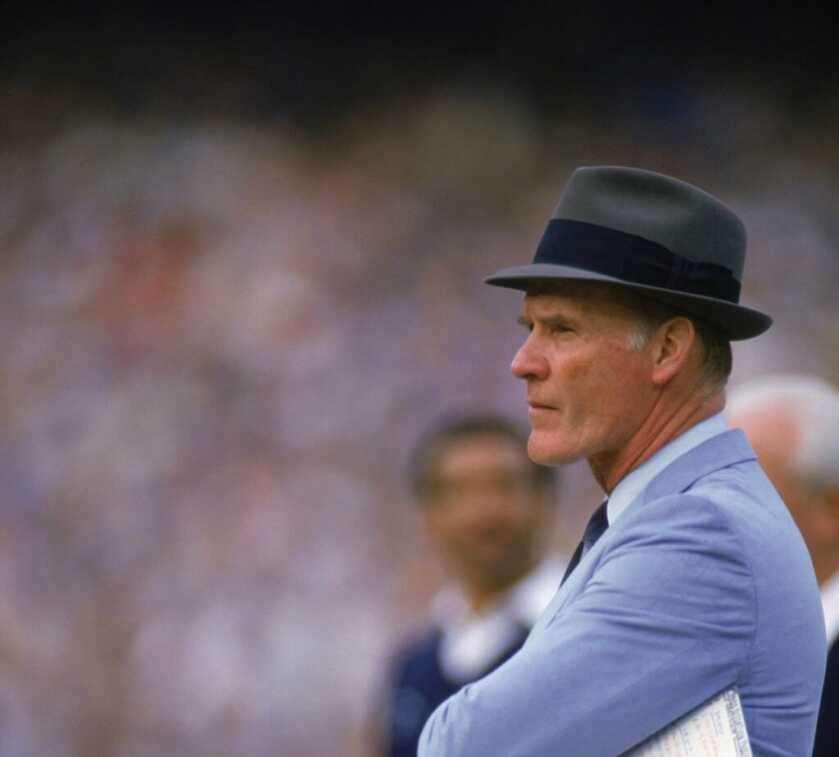
Coach Landry
Landry eventually rose to become head coach for the Dallas Cowboys. He held the position through 29 seasons from 1960 through 1988. He is the only head coach in NFL history to serve that long with the same team. During that time he enjoyed 20 consecutive winning seasons, five NFC titles, 13 divisional titles, and two Super Bowl victories. His ultimate record was 270-178-6, making him the fourth-most successful coach in NFL history.
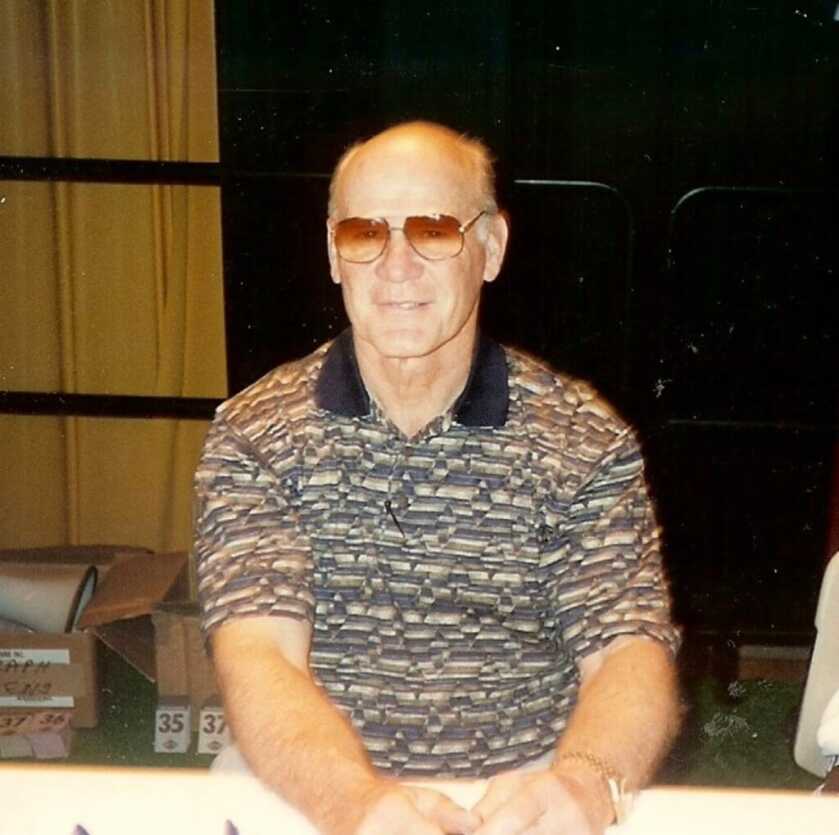

READ MORE: Dr Dabbs – LT Stephen Peck: Nature versus Nurture
After a particularly acrimonious firing in 1988 at the hands of the new Cowboys owner Jerry Jones, Landry ultimately retired. He died of leukemia in 2000 at the age of 75. He and his wife Alicia had been married for 51 years. Landry was buried at the Highland Park United Methodist Church where he had been an active member for 43 years. Tom Landry was a great American, a superb football player, a legendary coach, and a respected gentleman. He was the very best of us.
*** Buy and Sell on GunsAmerica! ***










What a great article, Tom Laundry was one of a kind, I had no knowledge he was a WW2 veteran. He was definitely what made America great.
Thanks for the great story! I am always amazed by the stories of that generation. Many actors and celebrities of that era served with distinction in the War. Compared to today in this country these were indeed “The Greatest Generation”.
Great story. History of many of America’s greatest generation in WE2 are lost to time. Another one Dr. Dabbs please.
Never knew he served in the military, what an incredible individual. proof positive ” The Greatest Generation ” thank you for the great article.
Grew up watching and loving the Cowboys. What the creep, Jerry Jones, bought them and fired Tom Landry, I stopped watching and have never looked back. The team, and league, have never been the same. Miss you, Tom.
The only glitch that I see in the story was — “He played for the Ole Miss Rebels back in the early sixties when they won the National Championship” — Tom Laundry became the Coach of the Dallas Cowboys in 1960 and was an “All-Pro in 1954” for the New York Giants.
Dr. Dabbs was referring to his own father who played for Ole Miss, not Landry (nor Laundry).
That was the author’s dad at that point in the article, not Tom Landry. Hotty Toddy!!!!
Nice piece on tom Landry. Keep up the great work
That’s an amazing life story! It’s good to know and remember people like this. A true hero and legend. Thank you for sharing.
Truly inspiring story. I did not know the intimate history you shared. Now I do and I am so grateful for this hero, coach, patriot, husband, and father.
Wow.
Spectacular story. The details you provide are great.
re: the B17, I highly recommend a utube CGI video of the B17 showing everything about construction and usage: https://www.youtube.com/watch?v=KWoPUqxroT0